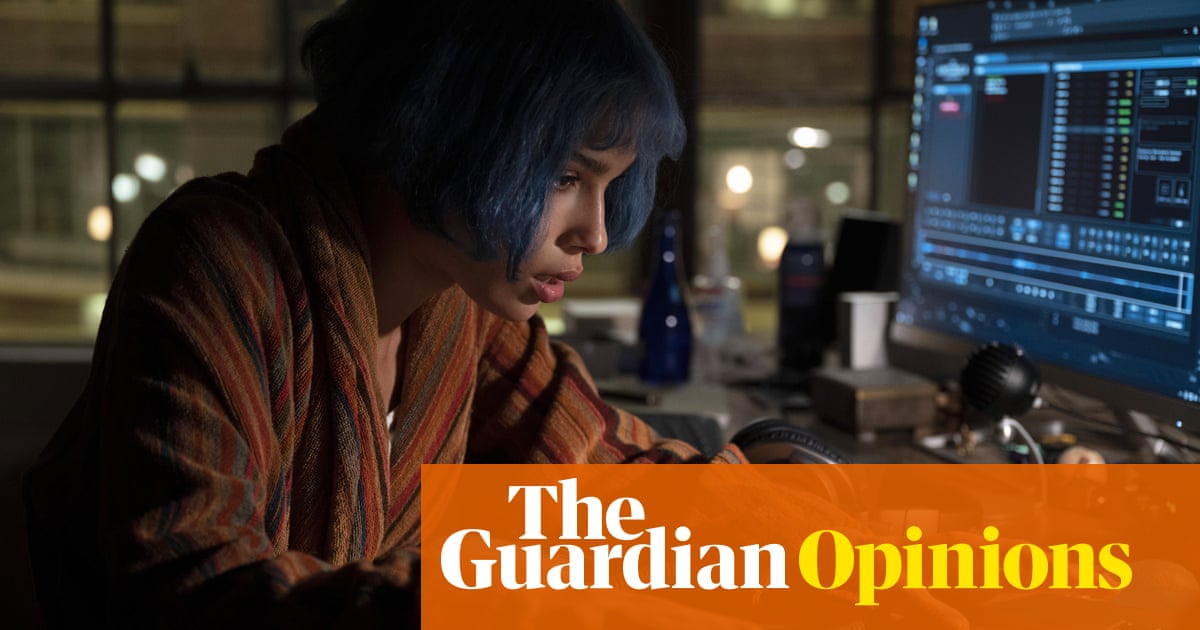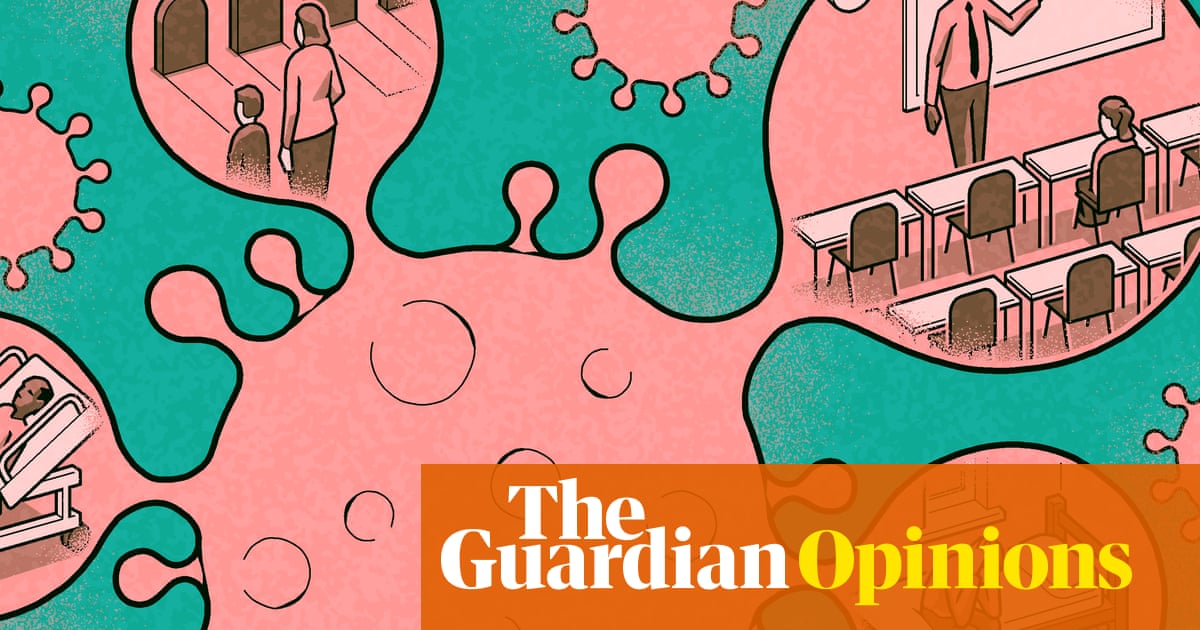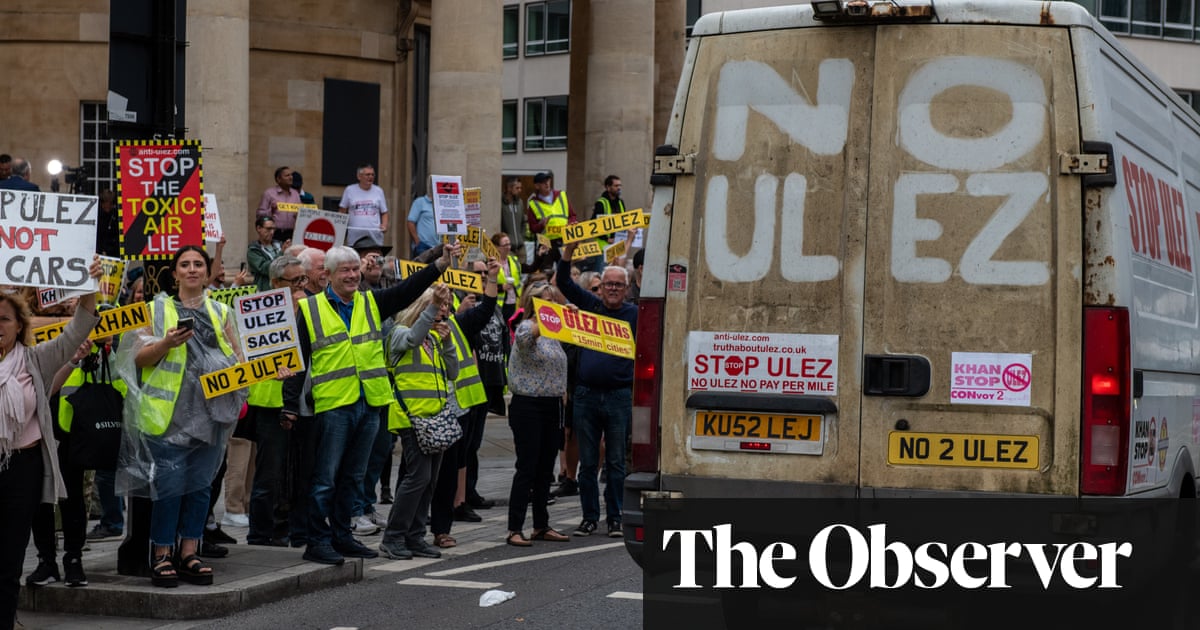
In March 2022, I went with some friends to see The Worst Person in the World, Joachim Trier’s wistful film about a young woman’s flailing search for fulfilment. In the epilogue – set some time after the film’s events – the protagonist, Julie, is wearing a face mask, as are others onscreen.
Leaving the cinema, I struggled to articulate why I found this detail moving. The mask signalled that Julie was now on the other side of not just profound personal losses, but also the global shutdown that rattled us all. It anchored the film’s uncertain heroine in an uncertain present. As Paul Thomas Anderson remarked: “Something about it made me feel like I had seen something that had genuinely happened.” For those of us who turned 30 amid the agonies of lockdown, this little nod to the pandemic deepened the movie’s elegy to millennial youth.
I’ve since wondered how other fictional films might portray the pandemic that infiltrated nearly every facet of our daily lives. I’ve mostly been disappointed. Hollywood has largely shied away from acknowledging the pandemic, which signifies a kind of creative cowardice, a refusal to reckon with the world as it exists now.
When American films do address the pandemic, they mention it fleetingly, in the past tense (see: The Menu, Tár). Or they reduce it to SNL-level punchlines about hand sanitiser and rich people quarantining, as in Rian Johnson’s Glass Onion or Judd Apatow’s abysmal The Bubble.
Some people would surely rather slice their fingers off than confront Covid at the cinema. I feel otherwise: there should be more films set amid the pandemic. This isn’t to propose that every movie take place in the dark days of March 2020, but simply that film-makers ought to acknowledge the pandemic’s ongoing toll as a backdrop for fictional storytelling. Not to do so is a form of denialism, running parallel to the corporate interest in declaring the pandemic over and ignoring its continued threat.
Why have so few noteworthy films depicted it? The big studios obviously see more money in fantasy and escapism (and perhaps fear political backlash), even though the success of HBO’s The Last of Us suggests there is an audience for darker, pandemic-themed stories. Meanwhile, some of our greatest film-makers – Scorsese, Tarantino, Anderson – have forsaken the modern era to make period pieces. (Quick, name the last Scorsese film set in the present day.)
Others believe pandemic life can’t translate to compelling or visually engaging cinema. That’s a failure of imagination, as Steven Soderbergh proved with Kimi (2022), a taut thriller that uses the pandemic’s shadow to heighten the anxiety felt by the heroine, Angela (Zoë Kravitz). Angela struggles to leave her apartment – even to visit a food cart across the street – and attributes her worsening agoraphobia to Covid. She uncovers evidence of a murder while working remotely; most of the film’s action unfolds in her stylish loft, like a paranoid thriller for the quarantine age. Several key characters are neighbours she observes from her apartment window – a clever nod to urban pandemic life.
Perhaps because Covid feels like a real-life horror movie, horror film-makers have been more willing to address it. The British director Rob Savage’s Host (2020), a spooky film set entirely on a Zoom séance, was followed by the more polarising Dashcam (2022), which used the desolation of lockdown London as a setting for hellish mayhem.
Outside Hollywood, some international film-makers have found compelling ways to weave the pandemic into their narratives. Claire Denis has made not one but two movies – Stars at Noon (2022) and Both Sides of the Blade (2022) – set in Covid times. They depict the pandemic much the same way French films depict sex: realistically, non-sensationally, just part of the fabric of everyday life.
Is it “too soon” for Hollywood to tackle the pandemic? Doubtful. Recall that Casablanca was released a year after Pearl Harbor, alongside countless other war pictures – some great, some thinly veiled propaganda. Modern viewers can look back at great films from the 1940s to understand how the second world war affected daily life, but future generations will glean very little about pandemic life from watching a movie released today.
There is, however, a historical antecedent for Hollywood’s refusal to reckon with Covid. The 1918 flu pandemic killed an estimated 50 million people worldwide. But in the silent movies of the 1920s, the catastrophe goes unremarked. “No fiction films were made that even mentioned the three waves of the pandemic that struck the [UK] … and would kill 200,000 people,” the silent film curator Bryony Dixon wrote in 2020.
When film-makers did confront the spectre of pandemic, Dixon notes, they did so obliquely, by depicting outbreaks long past (typically the Black Death) or drawn from fictional sources. The German film-maker FW Murnau, for instance, exploited the creepiness of deadly plagues in 1922’s Nosferatu and 1926’s Faust.
Hollywood has applied a similar denialism to more recent crises. Not until Philadelphia (1993) did a mainstream film truly address the Aids epidemic. After September 11, Hollywood’s instinct was to digitally remove shots of the Twin Towers; Spike Lee’s 25th Hour stood out because it was the first great film not to ignore the post-9/11 reality.
Now a different crisis has reshaped modern life, and Hollywood refuses to look it in the eye. It’s striking that cinema has had so little to say about the most world-altering, traumatic health crisis of our time. I’ve got nothing against escapism, but great film-making should also help us make sense of our troubled current era, of which the pandemic is an unignorable piece.
Cinema has always helped me process the world. Now I would like to see some movies willing to point at that massive thing and say: yes, that happened. Yes, this is real.
Zach Schonfeld is a freelance journalist and critic based in New York, and the author of a forthcoming book about Nicolas Cage’s early years












